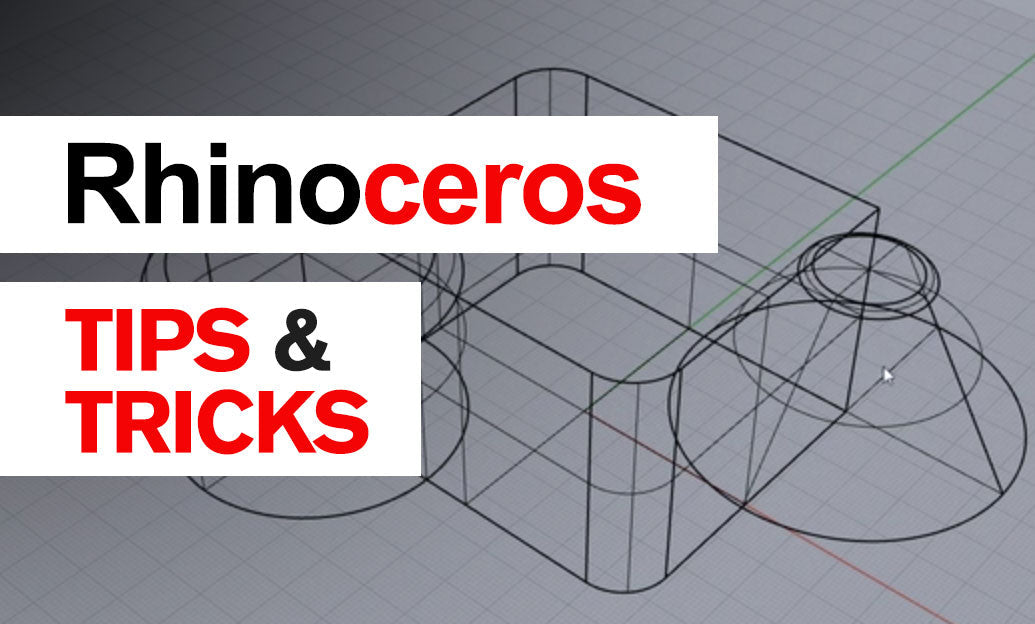Your Cart is Empty
Customer Testimonials
-
"Great customer service. The folks at Novedge were super helpful in navigating a somewhat complicated order including software upgrades and serial numbers in various stages of inactivity. They were friendly and helpful throughout the process.."
Ruben Ruckmark
"Quick & very helpful. We have been using Novedge for years and are very happy with their quick service when we need to make a purchase and excellent support resolving any issues."
Will Woodson
"Scott is the best. He reminds me about subscriptions dates, guides me in the correct direction for updates. He always responds promptly to me. He is literally the reason I continue to work with Novedge and will do so in the future."
Edward Mchugh
"Calvin Lok is “the man”. After my purchase of Sketchup 2021, he called me and provided step-by-step instructions to ease me through difficulties I was having with the setup of my new software."
Mike Borzage
Advanced Measurement Tools: Revolutionizing Accuracy and Efficiency in Design Software
August 18, 2024 4 min read


Introduction to Advanced Measurement Tools in Design Software
In the realm of modern design, accuracy has become a cornerstone of successful product development. High precision in measurements directly impacts both product quality and performance, often determining the difference between a good product and an excellent one. Inaccuracies, on the other hand, can lead to significant cost implications, including increased material waste, additional labor for rework, and potential delays in product launch.
Advanced measurement tools have revolutionized the way designers and engineers work, offering unprecedented levels of precision and efficiency. These tools have evolved considerably from basic manual instruments to sophisticated digital solutions that seamlessly integrate with design software. This article delves into the various types of advanced measurement tools, their integration into design software, and the future trends shaping the industry.
Types of Advanced Measurement Tools
Coordinate Measuring Machines (CMM)
Coordinate Measuring Machines (CMM) are highly versatile and accurate devices used to measure the physical geometrical characteristics of an object. CMMs are capable of obtaining precise measurements by probing the surface of the object with a variety of sensors.
Capabilities and Applications:
- High accuracy and repeatability in measurements
- Used in quality control and reverse engineering
- Applicable in industries such as automotive, aerospace, and manufacturing
Integration with CAD Software:
- CMMs can be directly integrated with CAD software for seamless data transfer
- Enhanced capability to compare measured data against CAD models
- Improves design validation and quality assurance processes
Laser Scanners and Photogrammetry
Laser scanners and photogrammetry are advanced tools that enable high-resolution surface capture of objects. Laser scanners use laser beams to capture detailed three-dimensional data, while photogrammetry uses photographic images to reconstruct the object's geometry.
High-Resolution Surface Capture:
- Provides detailed and accurate 3D representations of surfaces
- Non-contact measurement method ensuring no damage to the object
- Fast data acquisition speeds
Use Cases in Various Industries:
- Architectural documentation and heritage preservation
- Automotive design and prototyping
- Medical applications, including prosthetics and orthotics
Optical and Contact Probes
Optical and contact probes are essential for measuring complex geometries with high precision. Optical probes use light to measure an object's dimensions, while contact probes physically touch the object to obtain measurements.
Precision in Complex Geometries:
- Ideal for intricate and hard-to-reach areas
- High accuracy and repeatability
- Suitable for materials that are sensitive to touch
Benefits and Limitations:
- Optical probes offer non-contact measurement, reducing the risk of damage
- Contact probes provide tactile feedback, ensuring accurate measurement of surface features
- Both methods have specific applications depending on the material and geometry of the object
Integration and Utilization in Design Software
Software Compatibility and Integration
Advanced measurement tools are most effective when seamlessly integrated with design software. Leading design software solutions have developed compatibility with these tools, enhancing their functionality and providing a robust design and analysis environment.
Leading Design Software Supporting Advanced Measurement Tools:
- Autodesk Inventor
- SolidWorks
- PTC Creo
- Siemens NX
Plugins and Add-Ons for Enhanced Functionality:
- Measurement software plugins for direct data import
- Add-ons for real-time visualization and analysis
- Tools for automated report generation and documentation
Workflow Enhancements
The integration of advanced measurement tools with design software significantly enhances workflow efficiency. By streamlining processes from measurement to design, these tools reduce the time and effort required for product development.
Streamlined Processes from Measurement to Design:
- Directly import measurement data into CAD models for immediate analysis
- Automate the comparison of measured data with design specifications
- Enhance collaboration between design and quality assurance teams
Future Trends and Innovations in Measurement Tools
AI and Machine Learning in Measurement
Artificial Intelligence (AI) and Machine Learning (ML) are transforming the landscape of measurement tools. These technologies enable predictive analysis, which helps in reducing errors and improving accuracy.
Predictive Analysis for Error Reduction:
- Identify potential measurement errors before they occur
- Optimize measurement strategies for complex geometries
- Improve overall measurement accuracy and reliability
Adaptive Measurement Techniques:
- Automatically adjust measurement parameters based on object characteristics
- Enhance flexibility and capability in various measurement scenarios
- Streamline the measurement process for complex and dynamic objects
Real-time Measurement and Feedback
The integration of the Internet of Things (IoT) with measurement tools is paving the way for real-time measurement and feedback systems. These systems offer immediate data processing and analysis, significantly improving the responsiveness and accuracy of measurements.
Benefits of Immediate Data Processing:
- Real-time monitoring and feedback during the manufacturing process
- Immediate detection and correction of deviations from design specifications
- Enhanced quality control and reduced downtime
Conclusion
Advanced measurement tools have become indispensable in modern design and manufacturing processes. Their ability to provide high-precision measurements and seamless integration with design software has elevated product quality and performance while reducing costs associated with inaccuracies. Looking ahead, innovations in AI, Machine Learning, and IoT are set to further enhance these tools, driving greater efficiency and accuracy in measurement practices. As these technologies continue to evolve, the future of design and manufacturing promises to be even more precise and efficient.
Also in Design News

Rhino 3D Tip: Understanding Surface and Solid Modeling in Rhino for Enhanced Workflow Efficiency
August 30, 2025 3 min read
Read More
Unlocking Advanced Animation Techniques: Five Studio-Proven Tricks to Elevate Your 3ds Max Workflow
August 30, 2025 6 min read
Read MoreSubscribe
Sign up to get the latest on sales, new releases and more …



